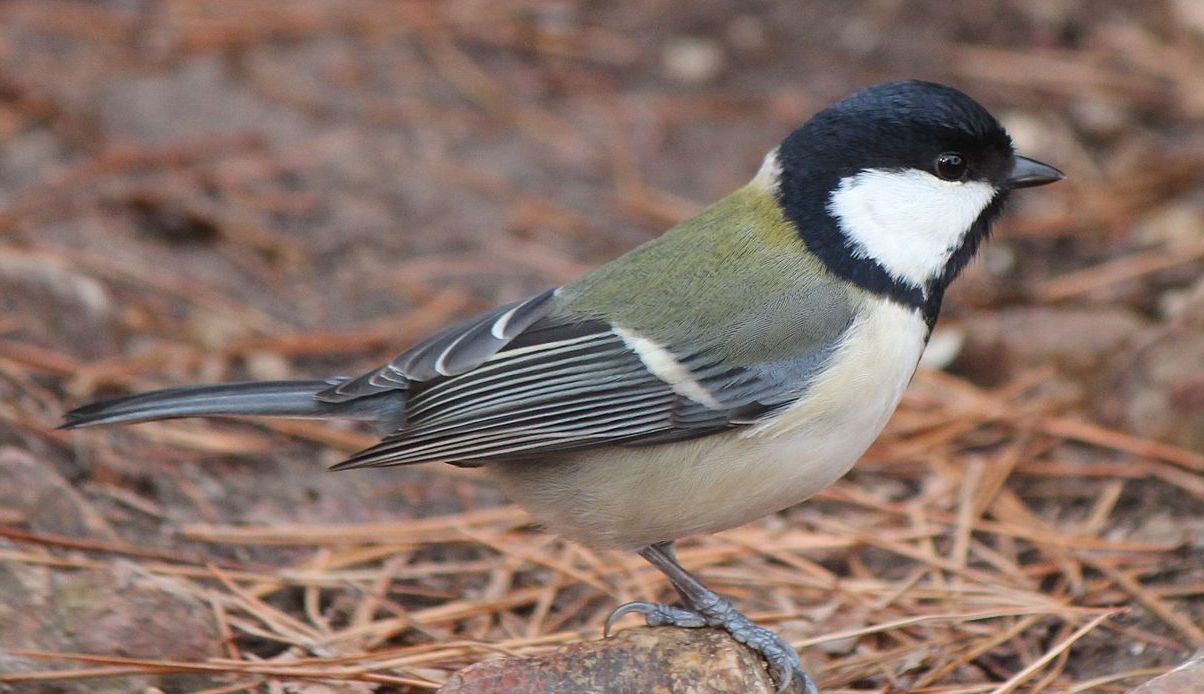
Stop us if you’ve heard this one: So a pair of great tits walk into a bar and start chatting…
It seems the comedy gods have bestowed a once-in-a-lifetime gift upon fans of childish humor recently, as the powers that be have colluded to ensure that, with a breakthrough Japanese discovery in animal behavior research involving an unfortunately named avian species, the phrase “great tits” will be uttered over and over again in un-ironic seriousness in major news outlets worldwide for the next few days.
Toshitaka Suzuki, a researcher of animal behavior and cognition, served as lead author of a new paper titled, “Experimental Evidence for Compositional Syntax in Bird Calls,” which reveals that a species of bird known as the Japanese great tit (note the importance of word order here, kids) appears able to chain different chirps and whistles together to create what may be complex “sentences” used to communicate important information to nearby members of the species. In essence, Suzuki and his team have discovered talking tits.
This discovery is apparently the first of its kind regarding any species other than humans and marks a significant step in understanding the way animals communicate. It’s generally believed – barring future discoveries to the contrary – that most animals communicate in a very basic “language” in which certain vocalizations are prescribed a specific meaning to the listener, with more advanced species like certain types of monkeys able to form rudimentary “sentences” using phonological syntax (basically, adding prefixes and suffixes). But, the Japanese great tit is apparently the first animal observed using compositional syntax – combining sounds with disparate meanings to form a complex, intelligible sentence.
In observing these extremely important tits (at least the second most important kind we’ve heard of), Suzuki and team found that the birds exhibited specific behaviors in response to varieties of calls the team assigned the codes “A,” “B,” “C,” and “D.” Over ten years of field observation, Suzuki apparently learned that an “ABC” call corresponded to an alert to nearby tits to scan for potential predators. “D” apparently was observed as a call for nearby birds to approach the “speaker,” and an “ABCD” call prompted birds in the area to perform both actions, one after another.
Things apparently got interesting when Suzuki and his colleagues replicated the sounds but in a “DABC” order – which generally prompted no action from nearby birds, suggesting that the order of the calls – the syntax – is important.
This officially makes a bunch of birds more capable of speech than we are in the presence of tits (thanks, we’ll be here all week).
Source: Morning Ticker
Images: alpsdake via Wikimedia Commons